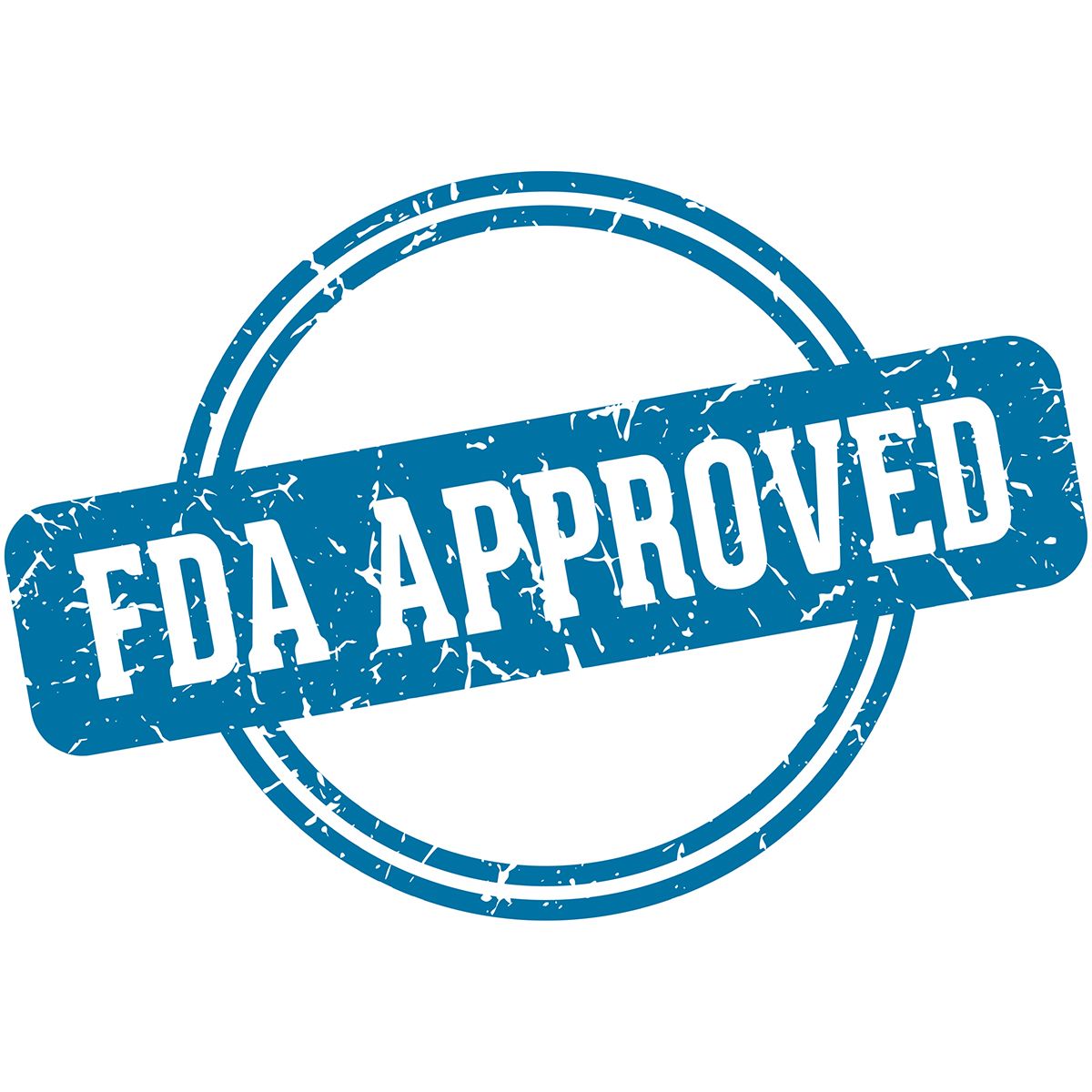News
Article
Physician Explains Why Frontline Opdivo Fell Short in Lung Cancer
Author(s):
Key Takeaways
- CheckMate-026 showed no PFS improvement with Opdivo in PD-L1-positive NSCLC compared to chemotherapy, challenging expectations.
- Experts argue PFS is not ideal for immunotherapy trials, suggesting OS as a better endpoint.
Surprisingly, Opdivo did not improve progression-free survival for a subset of patients with lung cancer in the CheckMate-026 trial. CURE sat down with Paul A. Bunn Jr to discuss why.
Results from the CheckMate-026 trial showed that frontline use of Opdivo (nivolumab) did not improve progression-free survival (PFS) for patients with PD-L1-positive non-small cell lung cancer (NSCLC) when compared to physician’s choice of chemotherapy. This came as a shock to many members in the oncology community.
A total of 541 patients with nonsquamous and squamous NSCLC were enrolled in CheckMate-026 and randomized to receive Opdivo at 3 mg/kg every two weeks or standard combination chemotherapy. All patients enrolled in the study had PD-L1 expression on at least 5 percent of tumor cells.
As the lung cancer community awaits the full study data, which will be presented at an upcoming medical meeting, Paul A. Bunn Jr, offered his expert insight in an interview with CURE.
Let's first discuss Opdivo as a single agent in frontline NSCLC. What happened in CheckMate-026?
Bunn, Distinguished Professor, Division of Medical Oncology/University of Colorado, James Dudley Chair in Lung Cancer Research, University of Colorado Denver, discussed the meaning of the CheckMate-026 results and issues with the trial’s primary endpoint of PFS, as well as his views on combining immunotherapy with chemotherapy in patients with NSCLC.Not surprisingly, the initial immunotherapy studies were in second-line after people already progressed on chemotherapy. Two phase 3 trials and one phase 2 trial randomized with Opdivo, Keytruda (pembrolizumab) and Tecentriq (atezolizumab) were all positive. Then, obviously, they moved these into the first-line to investigate.
In first-line, people with no PD-L1 expression were excluded from the trials. Bristol-Meyers Squibb (BMS) did one trial where people with any positivity were included. Merck did two trials, one included people with low PD-L1—positivity — 1 percent to 49 percent PD-L1 expression on cells — and one with high PD-L1 expression of more than 49 percent positivity. Merck announced that the trial of patients with high PD-L1 levels was positive, so people sort of thought that any PD-L1–positive trial like this will be positive, as well.
It was announced that the BMS “any PD-L1—positivity trial” was not positive. Like anything, when there is a press release, you don’t know all of the data. Originally, most of these trials were designed with PFS as the primary endpoint. However, it turns out that for immunotherapy, PFS isn’t a very good endpoint.
It is possible that this trial could be negative for PFS, but be positive for OS. It is also possible that the high level of PD-L1—positivity cohort will have an advantage but the low PD-L1–positivity cohort will not. It is, in a way, disappointing, but we don’t really have the details to know what to do. Undoubtedly, there is another trial called CheckMate-227 that is ongoing. There will probably have to be some modifications of that study.
You said that PFS is not an appropriate endpoint when studying these agents. What are some better ones to use?
The main one — and always the most important one — is overall survival (OS). For a lot of patients, these drugs do not work. The first half — up to the median — oftentimes, you don’t see much of a swing. However, the people who respond have a really good response and it will last for a long time. It is the tail of the curve where you sometimes see bigger differences.
What modifications need to be made for the ongoing CheckMate-227 trial?
Given with what we know with these agents already, what clinical impact could these combinations have?
RECIST criteria response rate is a better criterion than PFS because the people who respond tend to respond for a long time. It is not as good as OS. A number of the trials have changed their endpoint. Many of the trials used PFS and then they changed to have two coprimary endpoints —PFS and OS — for this very problem.The CheckMate-227 trial had six arms. It had three arms for people who were PD-L1—positive. Those arms consisted of Opdivo, Opdivo plus Yervoy (ipilimumab), and chemotherapy. Something will have to happen with the Opdivo-alone arm. In the arms with PD-L1–negative patients, no one received Opdivo alone. They received Opdivo plus Yervoy, chemotherapy plus Opdivo, or chemotherapy alone. Five of the arms probably don’t need to be changed, depending on what the results were. In the arm with Opdivo alone for PD-L1–positive patients, there will have to be some kind of change there.We don’t have the data yet, and there are all kinds of combinations. The combinations that we’ll know the answer to first will be a study of chemotherapy plus immunotherapy versus chemotherapy alone. There is Opdivo plus Yervoy, and there is also durvalumab plus tremelimumab.
The pulmonary data for the chemotherapy arms are mixed. It is very hard to predict whether that will be positive or not. It does look like the CTLA-4 combinations seem a little bit better than the single-agent one. They have more toxicity, but I don’t think tremelimumab adds as much toxicity as chemotherapy. Therefore, the additional toxicity is acceptable if the survival is better.
It is good; there are a lot of trials. Of course, essentially, all of the antibodies have combinations with chemotherapy; however, only durvalumab and Opdivo have them with Yervoy or tremelimumab.




